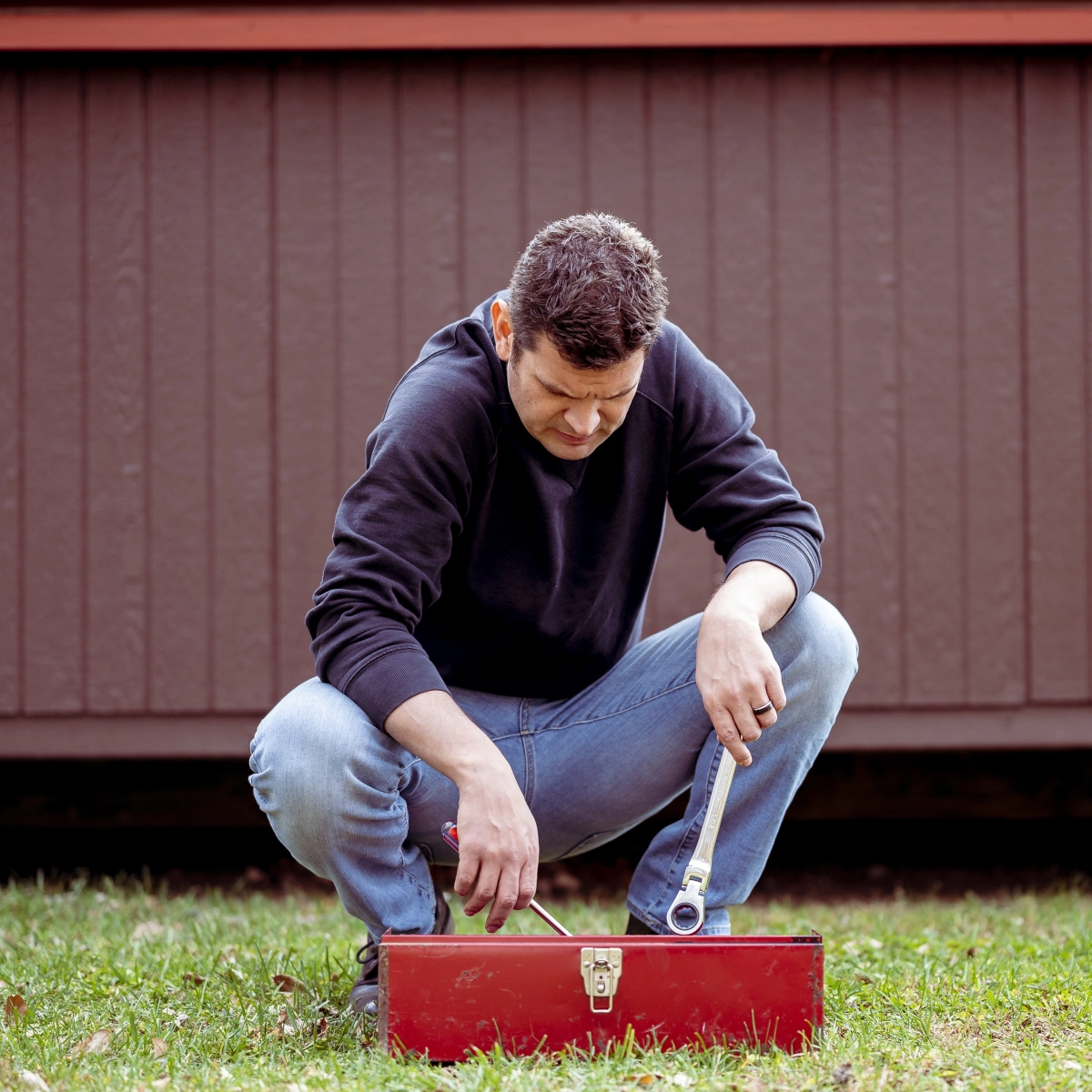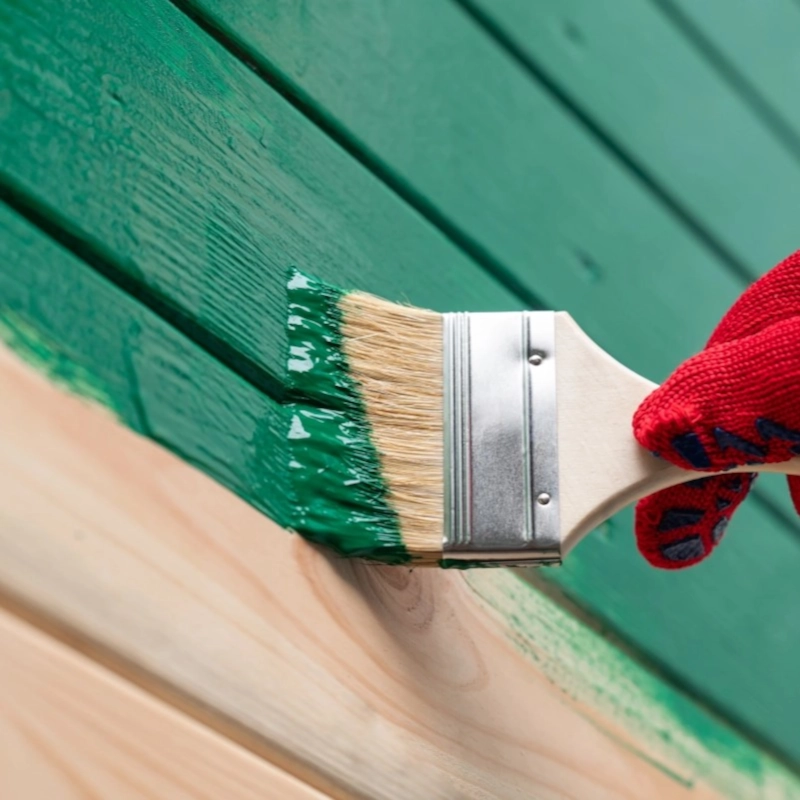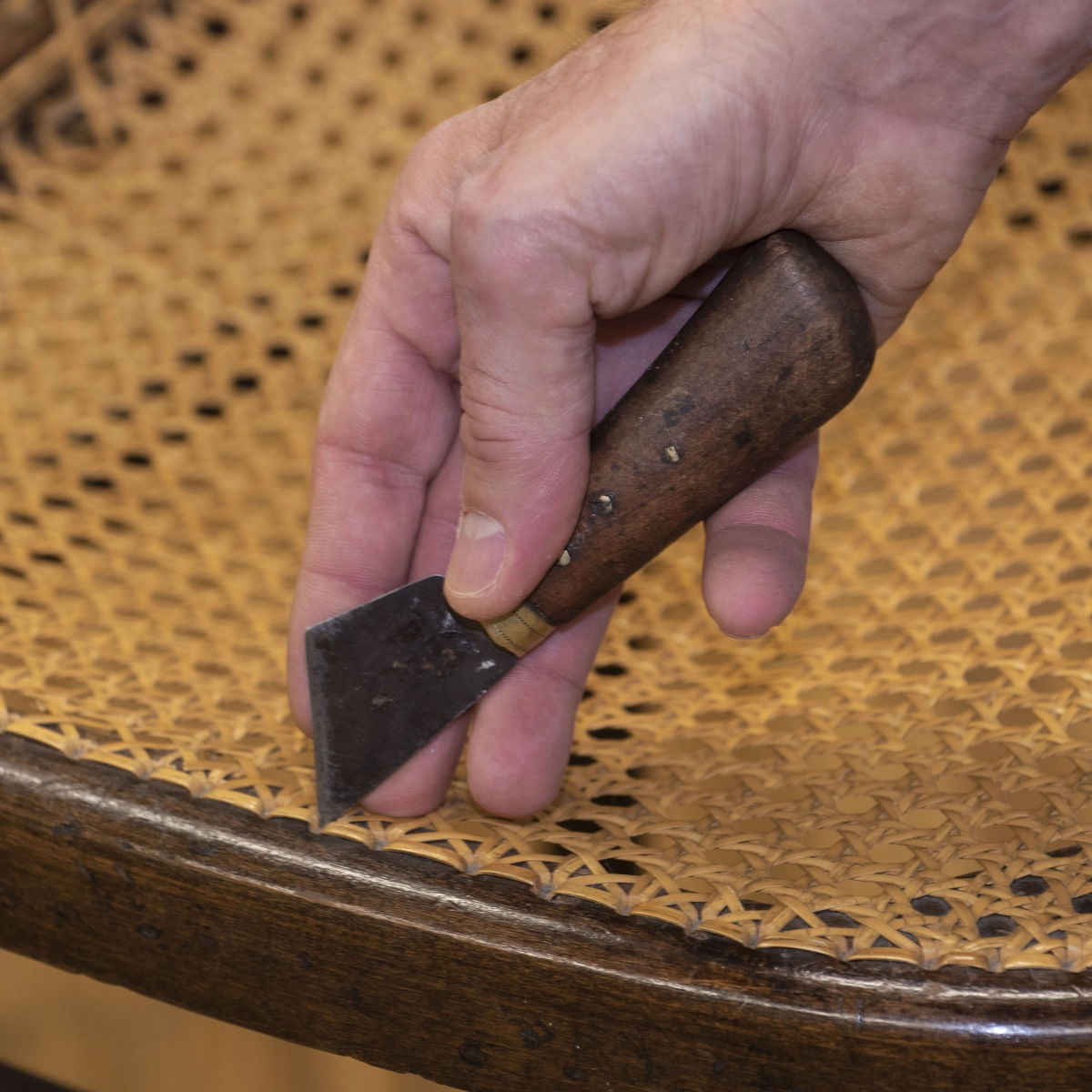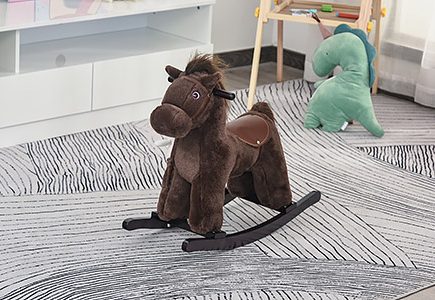Fire pits are a beloved feature of many Canadian backyards. They bring warmth, light, and a touch of magic to outdoor gatherings, whether you’re relaxing after a long day, toasting marshmallows, or simply enjoying the flickering flames. However, with great warmth comes great responsibility. Safely extinguishing a fire pit is a crucial part of outdoor fire safety, and it’s important to understand how to properly put out the flames to avoid any unwanted hazards.

Improperly extinguished fire pits can be a serious risk, especially in Canada’s dry summer months. A single ember can reignite, potentially causing a backyard fire that spreads to nearby trees, structures, or even nearby forests. In this guide, we’ll walk you through the best and safest ways to extinguish your fire pit, ensuring both your safety and the longevity of your fire pit.
How to Safely Put Out a Fire Pit: Step-by-Step Guide
1. Preparation for Extinguishing the Fire
Before you even think about putting out the flames, proper preparation is key. Ensuring that you have the right tools and that your fire pit is located in a safe area can make the extinguishing process smoother and safer.
Stop Adding Fuel at Least an Hour Before You Plan to Extinguish the Fire
One of the simplest yet most crucial steps in extinguishing a fire pit is to stop adding fuel to the fire well before you plan to put it out. Ideally, you should stop adding logs or other fuel about an hour before extinguishing. This allows the fire to burn down naturally and reduces the risk of flare-ups once you start extinguishing it. If you continue adding fuel, the fire will remain strong and harder to put out effectively.
Spread Out the Remaining Logs and Coals
Once the fuel has been stopped, use a shovel or poker to spread out the remaining logs and coals. Spreading out the hot logs will help them burn down more quickly and evenly. The more surface area you expose, the faster the heat dissipates. This step also reduces the intensity of the heat, which will make it easier to safely extinguish.
Ensure the Fire Pit Is Placed in a Safe Location
Fire pits should always be placed at least 10 feet away from any structures, trees, or combustible materials. Ensure that the surrounding area is clear of any debris or materials that could catch fire. If your fire pit is located on a wooden deck or near a fence, take extra precautions and consider placing it on a fire-resistant mat.
2. Let the Fire Burn Out Naturally
Sometimes the best way to extinguish a fire is to allow it to burn out on its own. This method is ideal if you have the time and don’t need to rush the process.

Allow the Flames to Die Down Without Adding More Fuel
The easiest method to extinguish a fire is simply to let it die down naturally. Once you’ve stopped adding fuel, allow the fire to burn down until only embers remain. This method reduces the intensity of the flames and makes the fire easier to control when you do start extinguishing it.
Spread Out Hot Logs and Coals to Reduce Heat More Quickly
As the fire starts to burn down, spread the logs and coals out to increase the airflow and allow them to cool more quickly. This also helps to reduce the heat from concentrated areas and ensures that no part of the fire stays too hot for too long.
Monitor the Fire and Ensure No Sparks Fly
While the fire is burning down, keep an eye on the area to ensure no sparks or embers are flying out of the fire pit. If the fire is in an area with high winds, it’s even more important to monitor it closely. Consider using a spark screen to catch any errant embers that might escape and prevent accidental fires.
3. Using Water to Extinguish the Fire
Water is the most commonly used method to extinguish a fire pit, and for good reason. It’s efficient and easy to execute. However, it’s important to use water properly to avoid accidents.
Tools Needed: Garden Hose with a Spray Nozzle or a Large Bucket of Water
To safely extinguish your fire with water, you’ll need a garden hose with a spray nozzle, or a large bucket of water. A hose with a spray nozzle is ideal because it allows you to control the water flow, preventing an overly aggressive dousing that could spread embers or cause steam burns.
How to Apply Water Slowly and Evenly
When applying water, start slowly and gently. Avoid dumping a large amount of water all at once, as this could cause hot ash and embers to fly out of the pit. Aim the water at the base of the fire, ensuring that you cover all embers evenly.

Stirring the Ashes with a Metal Shovel
After applying the water, use a metal shovel to stir the ashes and coals. Stirring helps ensure that every part of the fire is completely soaked and cools down effectively. If you continue to hear sizzling or see steam, apply more water until the fire is completely out.

Important Caution for Metal Fire Pits
While water is a highly effective method for extinguishing a fire, it can have long-term consequences on metal fire pits. The rapid cooling caused by water can lead to rusting and corrosion over time. If your fire pit is made of metal, consider using water sparingly or explore other methods to avoid damaging the pit.
4. Using Sand or Dirt to Smother the Fire
If you’re concerned about water damaging your fire pit, or if water is not available, using sand or dirt is an effective alternative.
Why Sand or Dirt Can Be an Effective Method
Sand and dirt work by smothering the fire and cutting off the oxygen supply, effectively putting out the flames. This is a great method for metal fire pits as it prevents rusting, unlike water. It’s also ideal if you don’t have access to water or if you’re dealing with a particularly stubborn fire.
How to Cover the Embers with Sand or Dirt
To use this method, scoop a generous amount of dry sand or dirt and cover the embers and hot coals completely. Make sure the entire surface area of the fire pit is covered. This deprives the fire of oxygen, helping it to extinguish.

Stir to Ensure Complete Extinguishment
After covering the embers with sand or dirt, use a shovel to stir the mixture and ensure that all embers are fully covered. Pay attention to any areas that may still be hot and add more sand or dirt as necessary.
5. Using a Snuffer to Cut Off Oxygen
A snuffer is a specially designed tool that helps extinguish the fire by cutting off its oxygen supply. It’s one of the easiest and most efficient ways to put out a fire, particularly for certain types of fire pits.
How a Snuffer Works to Smother the Fire by Blocking Oxygen
A snuffer is a metal lid or cover that fits over your fire pit. By blocking the flow of oxygen, it effectively smothers the fire and prevents it from burning any longer. This is a great option if you want a quick and clean way to put out the fire.
Best for Wood-Burning Fire Pits with Enclosed Structures
Snuffers work best on wood-burning fire pits that have an enclosed structure, such as fire bowls or hardscaped fire pits. These types of fire pits trap heat and prevent air from flowing through, making the snuffer more effective. However, snuffers may not work well with fire pits that have cut-out designs, as these allow air to flow and keep the fire alive.
6. Using a Fire Extinguisher in Emergency Situations
While using a fire extinguisher is generally a last resort, it can be necessary in emergencies when a fire becomes uncontrollable.
When to Use a Fire Extinguisher: Only in Emergencies
Fire extinguishers are designed for use in emergencies when other methods have failed or when the fire has grown out of control. Always use a fire extinguisher with caution, and only when it’s safe to do so.
The PASS Method for Effective Fire Extinguisher Use
The PASS method is a simple but effective technique for using a fire extinguisher:
- Pull the pin to break the seal
- Aim the nozzle at the base of the fire
- Squeeze the handle to release the contents
- Sweep the nozzle from side to side, ensuring you cover the entire fire

Always make sure to use the correct type of fire extinguisher for your fire pit. For wood-burning fire pits, an ABC-rated fire extinguisher is recommended.
7. Post-Extinguishing Safety Checks
Once you’ve extinguished your fire, it’s important to ensure that the fire pit is completely safe to leave.
How to Ensure There Is No Residual Heat or Embers
Before leaving the fire pit unattended, check the pit and surrounding area to ensure there are no remaining embers or hot spots. You can do this by feeling the area with the back of your hand or using a metal tool to check the ashes.
Importance of Thoroughly Checking the Surrounding Area
Even if the fire pit appears to be out, embers can escape and cause a fire elsewhere. Walk around the fire pit and look for any stray embers or sparks. If you see any, make sure to extinguish them immediately.
8. Safety Tips for Extinguishing Your Fire Pit
Even after extinguishing the fire, safety should remain your top priority.
Keep a Fire Extinguisher and First Aid Kit Nearby
It’s always best to be prepared. Keep a fire extinguisher and first aid kit nearby to handle any emergencies that may arise. Quick access to these tools could make all the difference in a fire-related emergency.
Use a Spark Screen and Fire Gloves to Protect Yourself
Spark screens are a great way to protect yourself and your surroundings from flying embers. Additionally, heat-resistant fire gloves can help you handle logs, tools, and the fire pit itself safely.
Evacuate and Call for Help If the Fire Gets Out of Control
In the event of an uncontrollable fire, evacuate the area immediately and call emergency services. Don’t try to handle a large fire on your own.
Properly extinguishing a fire pit is a simple process that can save lives, property, and the environment. Whether you choose to let the fire burn out naturally, use water, sand, dirt, or a snuffer, always take the necessary precautions to ensure safety.

At Aosom, we believe in providing high-quality fire pits and outdoor products that enhance your backyard experience. For a range of stylish, durable fire pits, visit our Fire Pits section. Enjoy many more memorable nights around the fire pit, and remember: safety is always the priority!
FAQs
1. Can I leave my fire pit burning overnight?
No, leaving a fire pit burning overnight is extremely dangerous. Unattended fires can quickly spread and pose serious risks to your home and safety.
2. Is it okay to pour water on a fire pit?
Yes, you can pour water on a fire pit to extinguish it quickly, but it’s best to wait until the flames die down first. Then soak the embers thoroughly to ensure the fire is fully out.
3. Can a fire pit be left out in the rain?
Yes, a fire pit can be left in the rain, but it’s best to cover it to protect against rust and weather damage, preserving its appearance and longevity.















